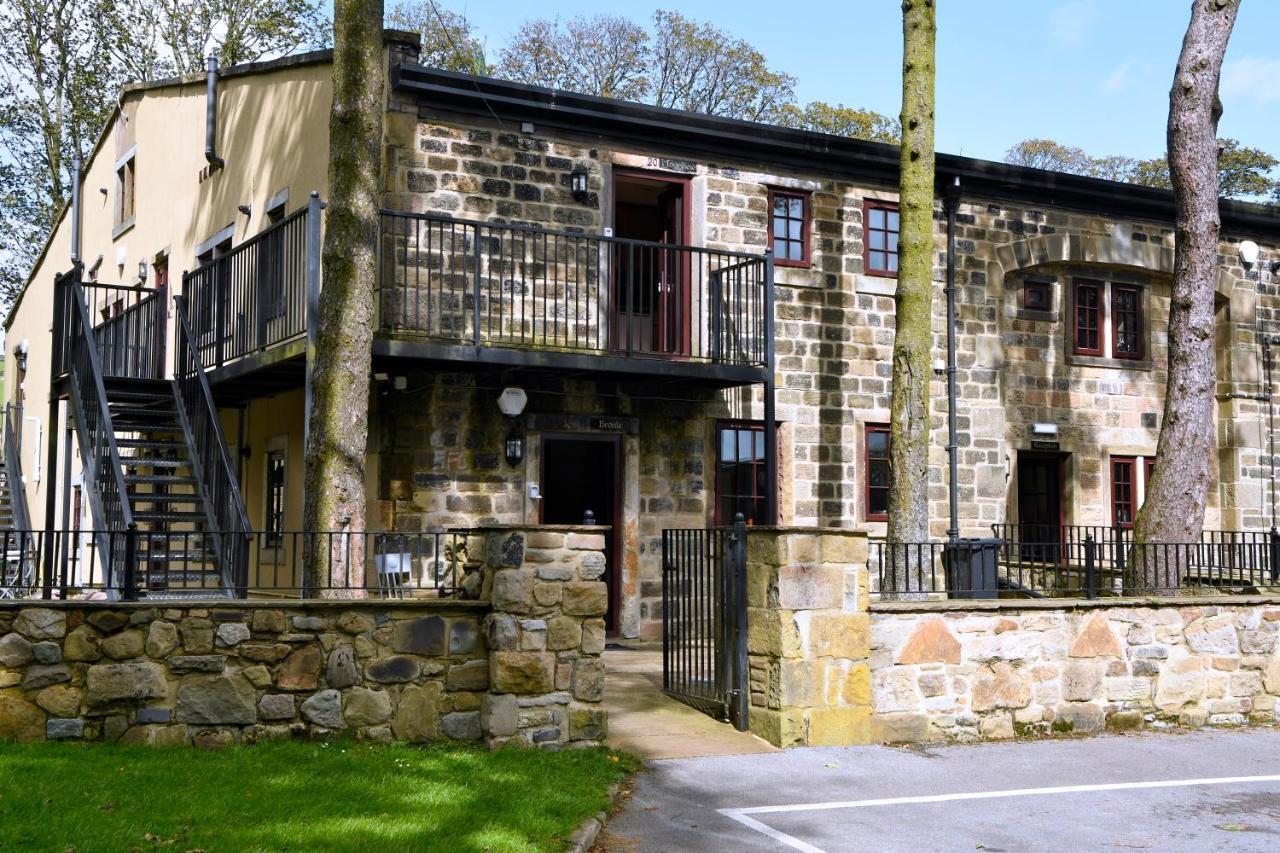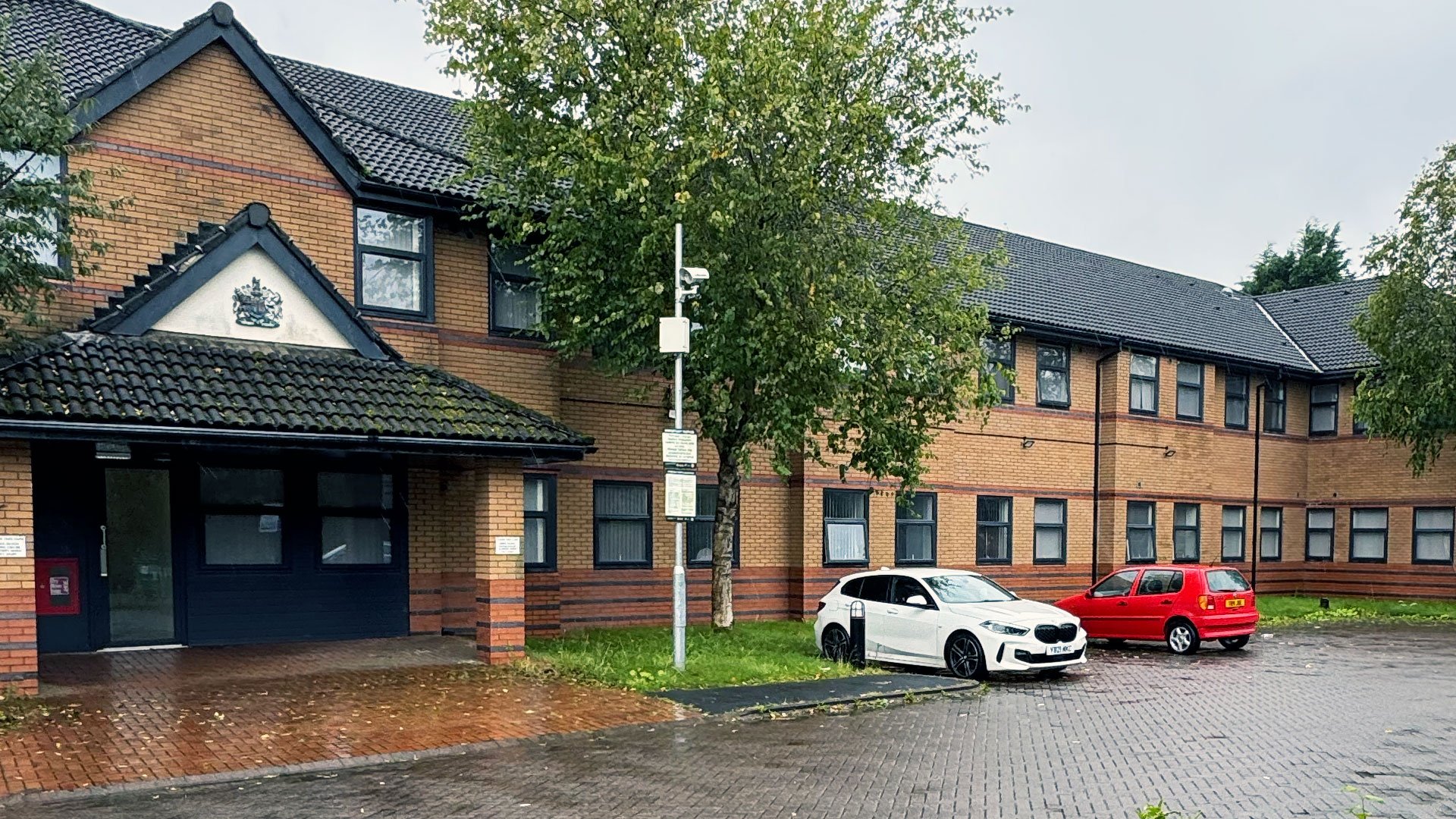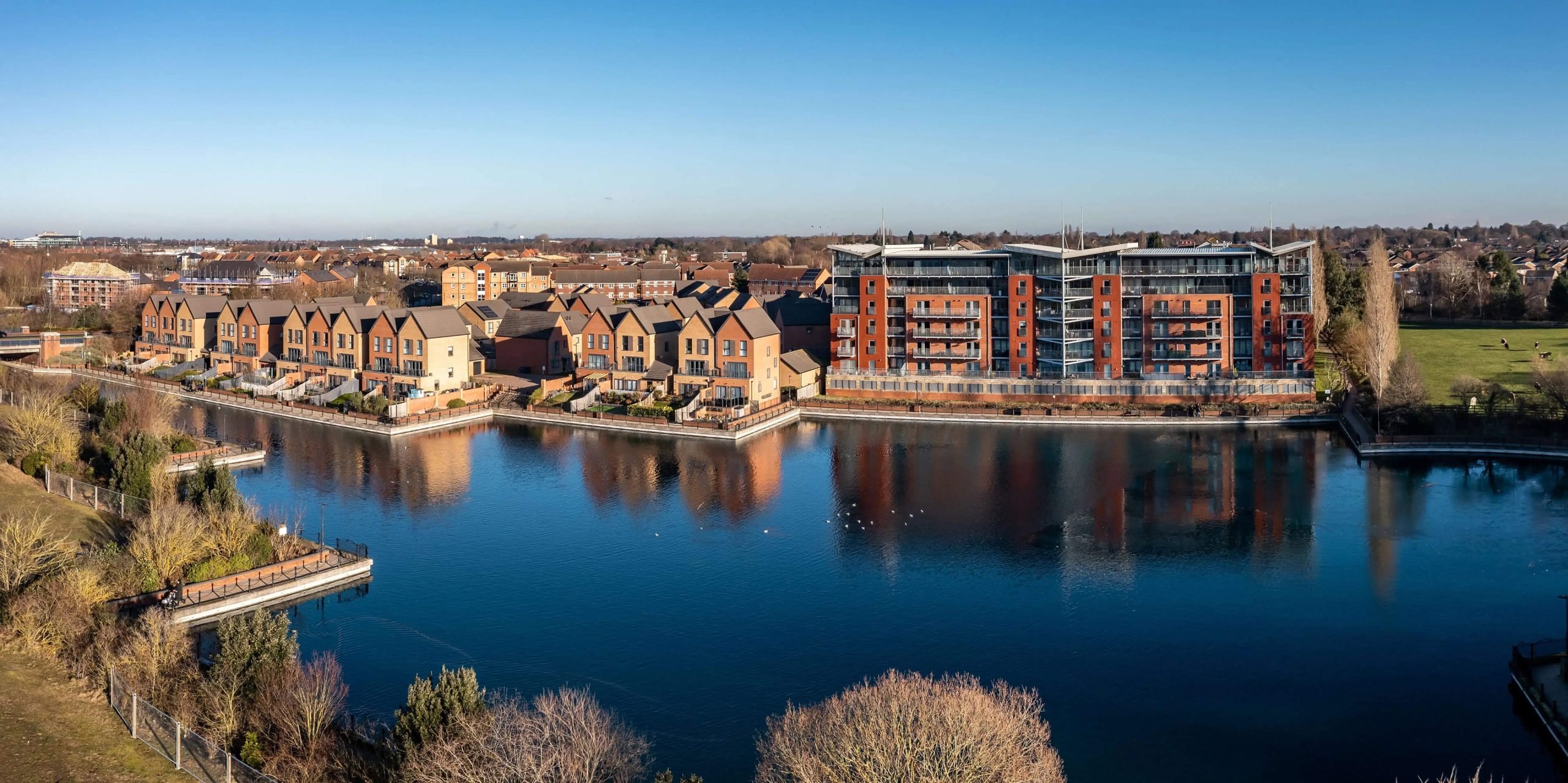Not every property investment strategy will work for each investor. Successful investment depends on an individual’s goals, preferences and level of risk-taking.
However, numerous property investment strategies are developing amongst prosperous investors that you could consider for your investment.
Considerations before creating property investment strategies
The most beneficial property investment strategies will depend on the following factors:
- Your approach to risk management
- Your overall goals and objectives
- Skills and experience in property investment
- Your financial situation
- Level of difficulty
- Time
Once you know the possible obstacles or advantages of creating your property investment strategy, the potential and success depend on your circumstances. Here are just some of the property investment strategies to consider.
Buy-to-let
Out of the most common property investment strategies, buy-to-let is the most popular due to the continuous growth of the UK rental market. Many ambitious renters are finding it difficult to get on the property ladder, and the shortage of new-build properties has created a mass demand within the private rental market.
A buy-to-let investment requires you to ensure the property is to a reasonable standard and ready for tenants to rent, either for the investor to become a landlord or hire a lettings agency to perform landlord duties instead.
Buy-to-let offers a guaranteed monthly income to cover the costs of the mortgage payments and leave you with a reasonable profit. Before investing, you should consider where your target market is looking to live. For example, families will seek a property with good amenities nearby, such as schools or supermarkets, and young professionals or students most likely desire a lively area with restaurants, bars and shopping centres.
There are also costs associated with buy-to-let, such as legal fees, refurb costs, taxes and stamp duty. To counteract these costs, you should look for a location with a high rental yield, which is the amount of rent you should expect to receive in a year, explained via a percentage of the property price. Realistic NET yields in a city centre like Manchester are expected to be around 5%, whereas London is more likely to generate yields of 3-4%.
Regional cities and towns that have undergone, or are currently going through, intense regeneration works and investment are where you will find higher than average yields, mainly due to lower property prices and high rental demand.
Buy-to-sell
The buy-to-sell market is attractive for those who enjoy DIY and extensive projects. It takes a creative eye and a lot of hard work, but the process can be rewarding when you reach the final steps of selling your property.
The crucial factor to consider with buy-to-sell is that properties might not rise in price to gain sufficient profit, and a lot of your money goes into improving the property. You must be cautious of the market and chosen location, as buy-to-sell is tough to get into with fewer properties available.
For this strategy to benefit you, you would require established knowledge in the area and whether or not it is likely to become more profitable and attractive to prospective buyers. Investors should be aware of upcoming planning agreements, local building plans and anything of value that could push people to move to the town or city you are buying in.
The difficulty with buy-to-sell is that you must take a risk when purchasing a cheap property in an area that is not currently desirable but has lingering potential. It is essential to keep this in mind before utilising such a strategy.
HMOs
Housing in Multiple Occupation (HMO) can be one of the most rewarding ways to make a high return on property investment. A HMO is often a larger property separated into individual living areas. Each tenant pays separately for a room and shared spaces with other tenants, such as bathrooms or kitchens.
The most appealing benefit of a HMO strategy is that you can produce a much higher return than if you were to rent the property by itself. It can be difficult to manage and may cost more where admin fees and tenant handling is concerned, but with lettings support, additional considerations do not outweigh the profits.
Invest in student property
Student properties are essentially a type of HMO investment with more beneficial advantages. With the demand for student property continuously rising, the yearly turnover of students looking for housing guarantees a certified income every month and an influx of new students as the old ones leave.
Even if the housing market were to fall, students will still need accommodation. Purpose-Built Student Accommodation (PBSA) is a long-term strategy for investors to consider because it caters to the specific needs and requirements of students, and more and more are looking for PBSA as the supply in demand for student halls remain low.
To make a student investment strategy work, you need to consider areas where the number of students is high, but the accommodation availability is low to meet demand. Cities with on-site accommodation may offer a more affordable rate, however, university-owned accommodation is usually extremely basic, and overseas students, in particular, prefer to pay a premium for more private, upmarket accommodation.
Diversify your property portfolio
The property market has numerous submarkets that can perform differently depending on what is going on in the world. As new investors become familiar with the industry, it may seem more feasible to stick to one type of property investment. However, as each submarket develops or decreases in value, having a diversified portfolio can ensure your profits remain high and minimise losses.
At Knight Knox, we recommend building your portfolio with particular investment pairings that go hand in hand together. For example, student property is usually considered a long-term strategy, while residential properties are ideally structured for both long-term rental income, and shorter-term capital growth.
With student property, you will likely see less capital growth than with a residential property, but it is often available at a lower price point than residential, which can offer consistent returns with high rental yields. Despite this, you may experience periods of voids if your residential property is in an area with low demand.
Each property investment has different benefits and risks, so investing in multiple types of properties ensures you should always have a healthy income regardless of circumstances.
Property investment made simple
At Knight Knox, we specialise in selling off-plan buy-to-let properties to private investors. We have an expert team of sales and after-sales staff that will assist you throughout the purchase process, as well as our in-house marketing and IT function that produces high-quality and user-friendly physical and online marketing material. Get in touch to learn more about property investment strategies.
Knight Knox are a Manchester-based, proven property investment specialist with more than a 20-year history in the property investment business.
They specialise in identifying and sourcing high-yield property investments for clients across the UK and overseas. Their purpose is to help investors navigate the property investment market by providing expert advice and access to exclusive opportunities, allowing our clients to build their wealth with UK property.













